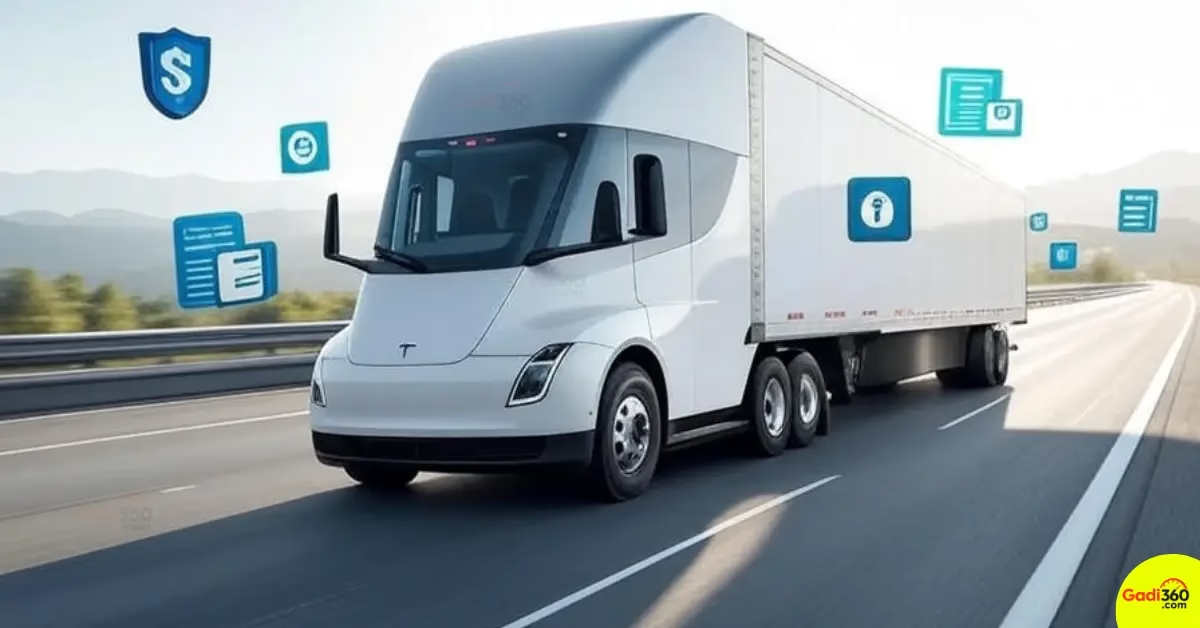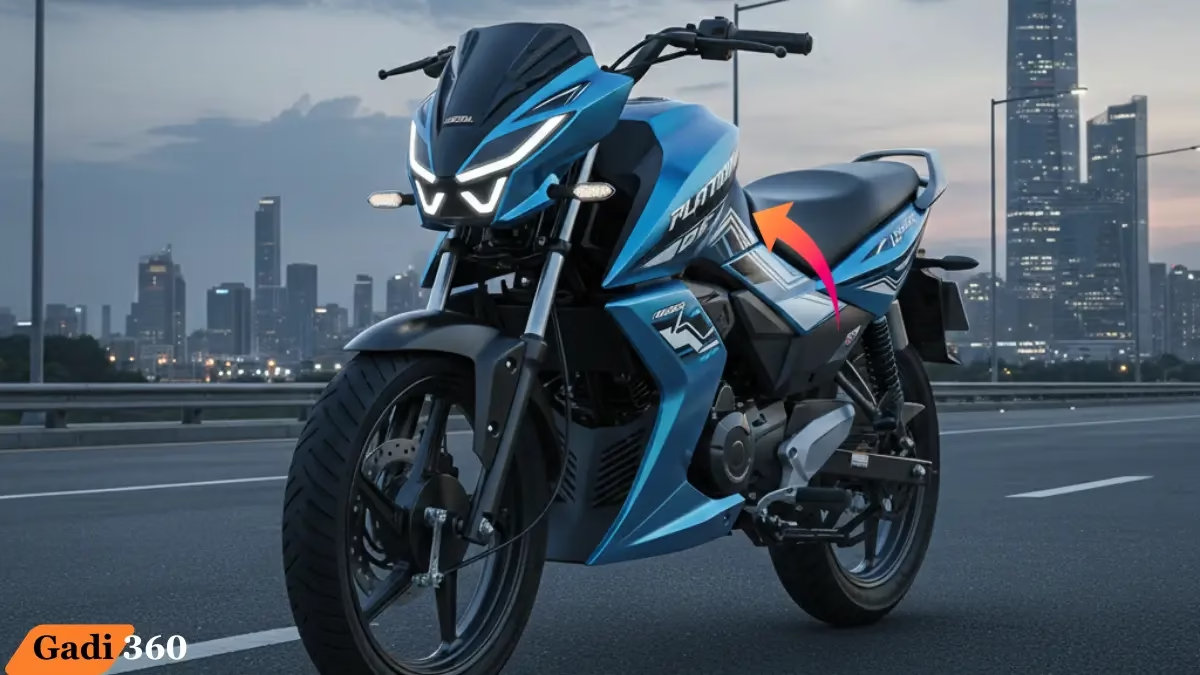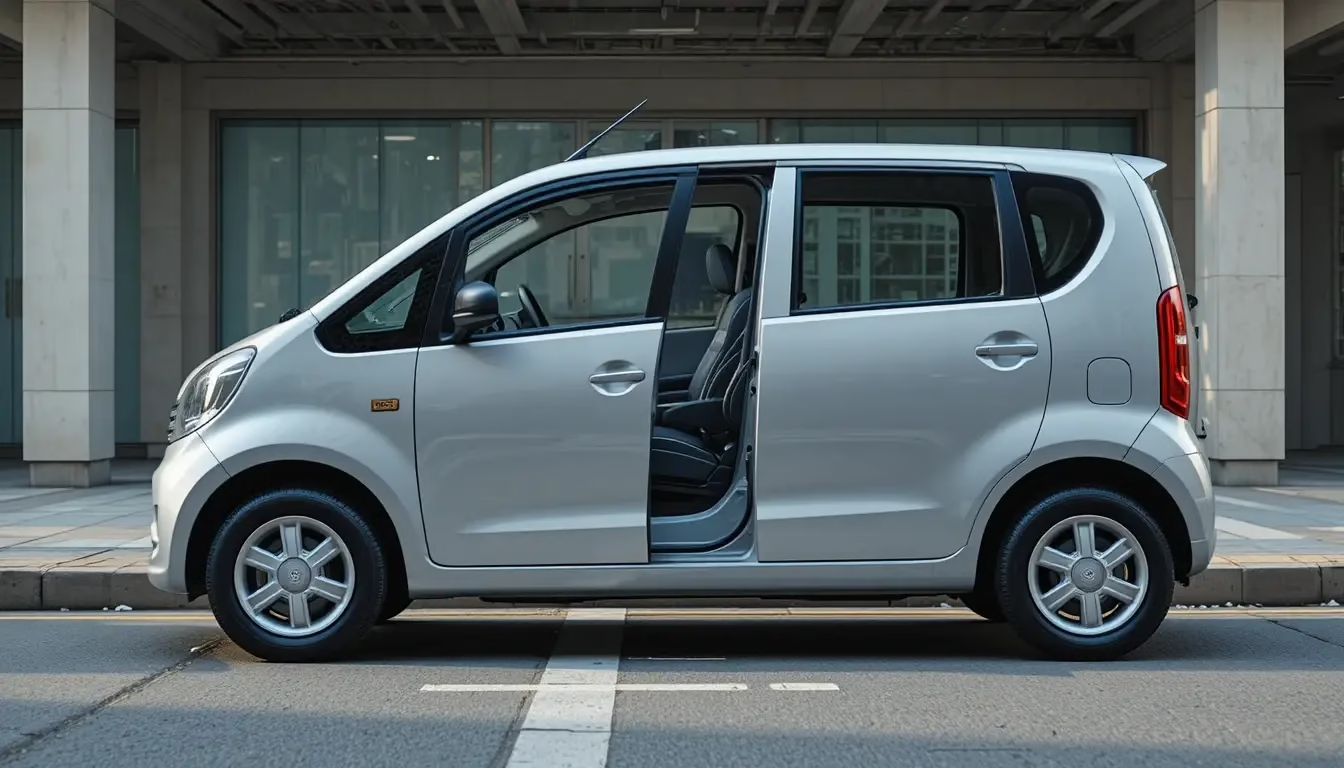The Tesla Semi is more than just another electric vehicle—it’s a game-changer in the trucking industry. Designed for long-haul transportation with zero emissions, it offers incredible performance, reduced operating costs, and a futuristic design. But as with every commercial truck, insurance is essential. Whether you’re an independent owner-operator or a fleet manager with multiple Semis, finding the best insurance at the right price is key to protecting your investment.
In this article, we’ll explore Tesla Semi insurance options, compare prices across leading US insurance companies, and explain the unique factors that influence coverage costs.
Why Tesla Semi Insurance Matters

Owning or operating a Tesla Semi involves a significant financial commitment. With an estimated price starting around $180,000 to $200,000, insurance becomes a safeguard against risks such as:
- Accidents and collisions
- Cargo damage or theft
- Driver liability
- Repair and replacement costs (which can be higher for EV parts)
- Downtime losses if the truck is off the road
Unlike standard car insurance, commercial truck insurance is more complex and tailored to heavy-duty needs. For Tesla Semi, coverage must account for its electric drivetrain, high-value battery system, and advanced technology like Autopilot and regenerative braking.
Key Insurance Coverage Types for Tesla Semi
- Liability Insurance – Covers bodily injury and property damage if the driver is at fault.
- Physical Damage Coverage – Includes collision and comprehensive protection for the truck itself.
- Cargo Insurance – Protects the goods being transported.
- Non-Trucking Liability – Coverage when the Semi is not under dispatch.
- General Liability – For fleet owners, this covers operations beyond driving.
- Gap Insurance – Important for EVs, covering the difference between loan balance and actual value.
- Fleet Insurance Programs – Special packages for businesses operating multiple Tesla Semis.
Best Insurance Companies for Tesla Semi in the US
While Tesla offers its own insurance program in some states, most Tesla Semi buyers will rely on established commercial vehicle insurers. Below are some leading options:
1. Progressive Commercial Insurance
- Known for covering electric and alternative-fuel trucks.
- Offers customized fleet insurance with multi-truck discounts.
- Provides telematics-based tracking for safety discounts.
2. State Farm
- One of the largest insurers in the US.
- Offers bundled policies for liability, cargo, and business property.
- Strong roadside assistance and claims network.
3. Geico Commercial Auto
- Competitive pricing for small fleets and owner-operators.
- Offers flexible add-ons like rental reimbursement.
- Known for fast online quotes.
4. Travelers Commercial Insurance
- Specializes in logistics and fleet coverage.
- Offers loss-of-use compensation, which is vital for high-value EV trucks.
- Strong experience with commercial cargo and long-haul trucking.
5. Liberty Mutual Commercial
- Covers large fleets with custom risk management programs.
- Offers driver safety training discounts.
- Known for international cargo insurance support.
Tesla Semi Insurance Price Comparison (Estimated 2025 Rates)
| Insurance Company | Monthly Premium (Owner-Operator) | Yearly Premium (Owner-Operator) | Monthly Premium (Fleet 5+ Trucks) | Yearly Premium (Fleet 5+ Trucks) |
|---|---|---|---|---|
| Progressive Commercial | $850 – $1,200 | $10,200 – $14,400 | $4,000 – $5,500 | $48,000 – $66,000 |
| State Farm | $900 – $1,300 | $10,800 – $15,600 | $4,200 – $5,800 | $50,400 – $69,600 |
| Geico Commercial Auto | $780 – $1,150 | $9,360 – $13,800 | $3,800 – $5,300 | $45,600 – $63,600 |
| Travelers Commercial | $950 – $1,400 | $11,400 – $16,800 | $4,500 – $6,200 | $54,000 – $74,400 |
| Liberty Mutual Commercial | $1,000 – $1,500 | $12,000 – $18,000 | $4,800 – $6,500 | $57,600 – $78,000 |
💡 Note: Prices vary based on location, driving history, annual mileage, cargo type, and whether you’re insuring as an individual or a fleet.
Factors That Influence Tesla Semi Insurance Cost
- Truck Value – High purchase price means higher coverage costs.
- Battery Technology – Repairs and replacements for EV batteries are expensive.
- Driver History – Clean driving records lead to lower premiums.
- Fleet Size – Larger fleets often get discounts.
- Cargo Type – Hazardous or high-value goods increase premiums.
- Annual Mileage – Long-haul routes generally cost more than local deliveries.
- Location – Urban areas often mean higher insurance costs due to accident risks.
Tips to Lower Tesla Semi Insurance Costs
- Bundle policies with the same insurer for liability, cargo, and general business coverage.
- Use telematics or Tesla’s in-built tracking to monitor safe driving.
- Train drivers in EV-specific handling and safety.
- Choose higher deductibles to lower monthly premiums.
- Leverage fleet discounts if operating multiple Semis.
- Regular maintenance reduces breakdown claims.
Future of EV Truck Insurance
As Tesla Semi adoption grows, insurance companies will gain more data on repair costs and accident rates, leading to better-customized policies. We can expect:
- Tesla’s in-house insurance expansion to cover Semis directly.
- Lower premiums over time as EV repair networks expand.
- Green incentives – discounts for using sustainable transport.
- AI-driven telematics monitoring driver safety and fleet efficiency.
Conclusion
Insuring the Tesla Semi is a balance between protecting a valuable investment and managing operating costs. Whether you’re a small owner-operator or a large fleet manager, comparing coverage options and prices across major insurers like Progressive, State Farm, Geico, Travelers, and Liberty Mutual ensures you get the best value.
The future of trucking is electric, and with the right insurance, you can confidently drive into a more sustainable and profitable tomorrow.
















